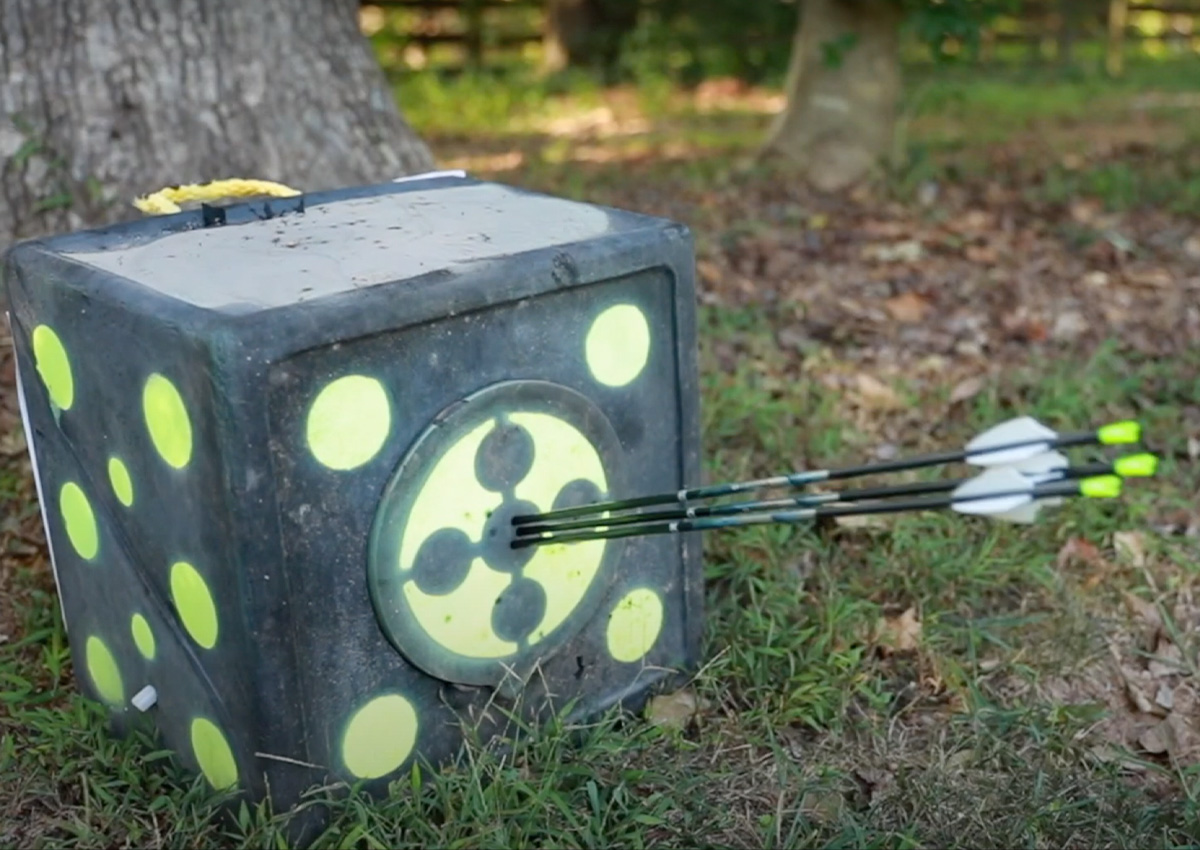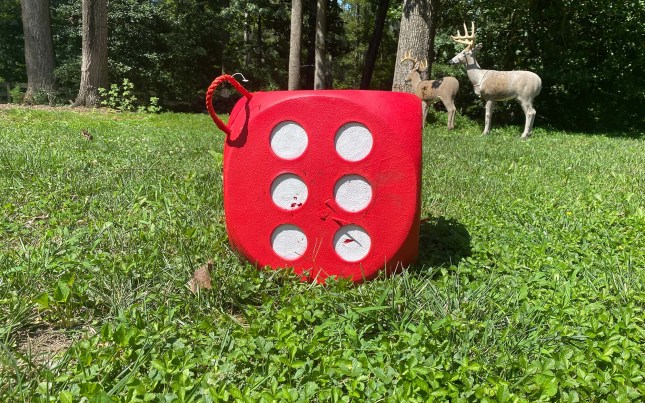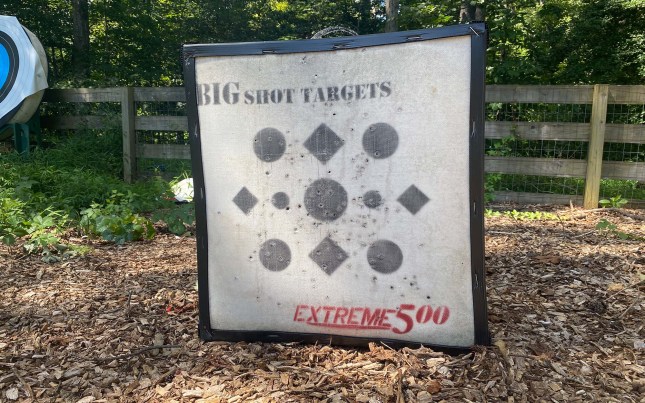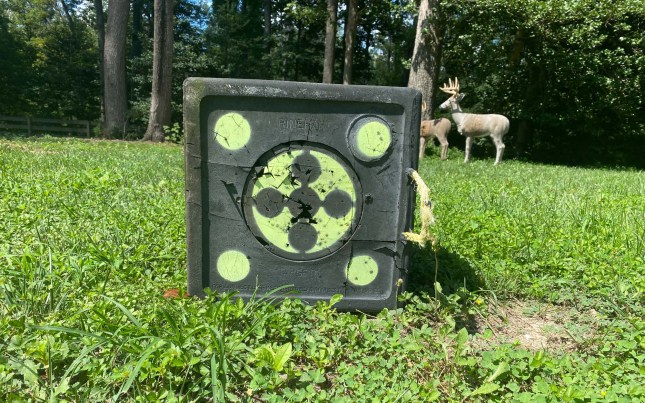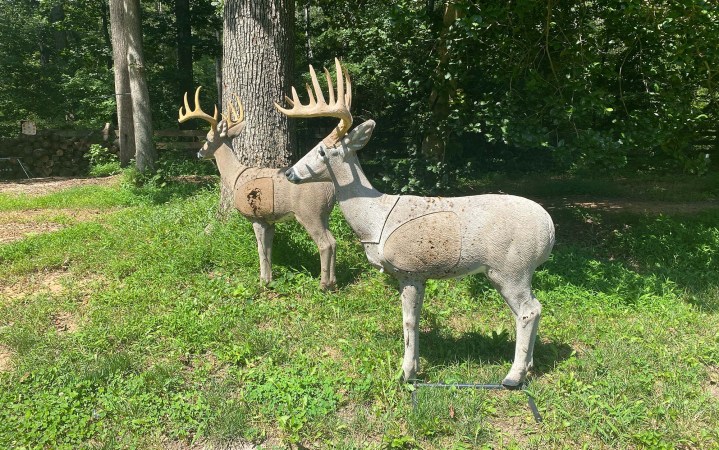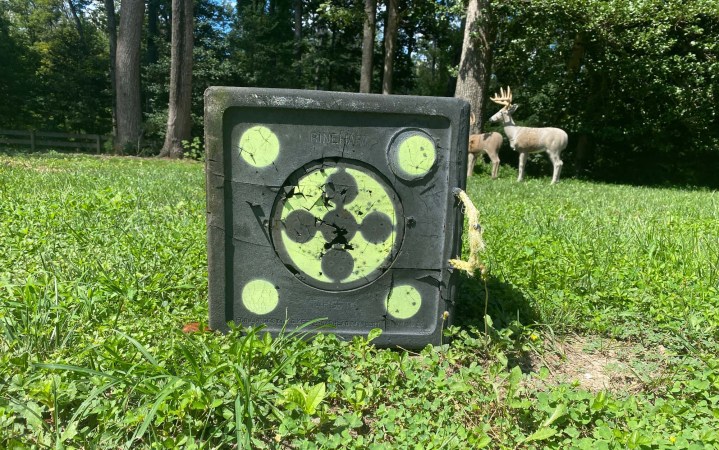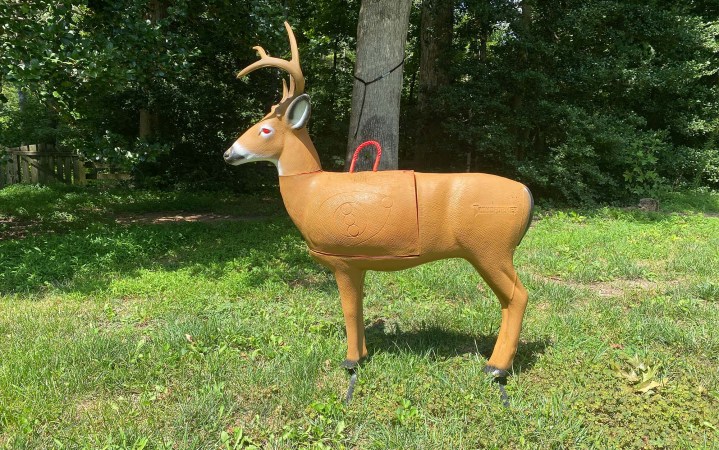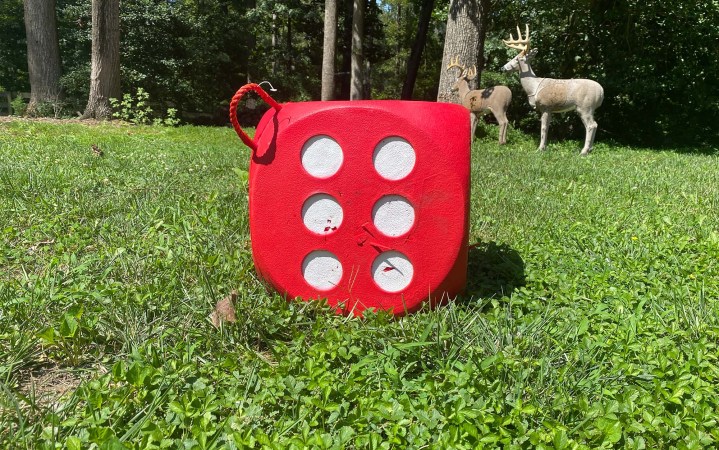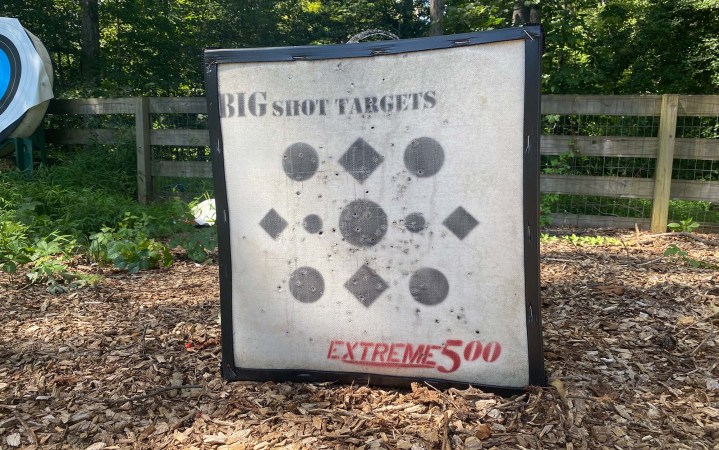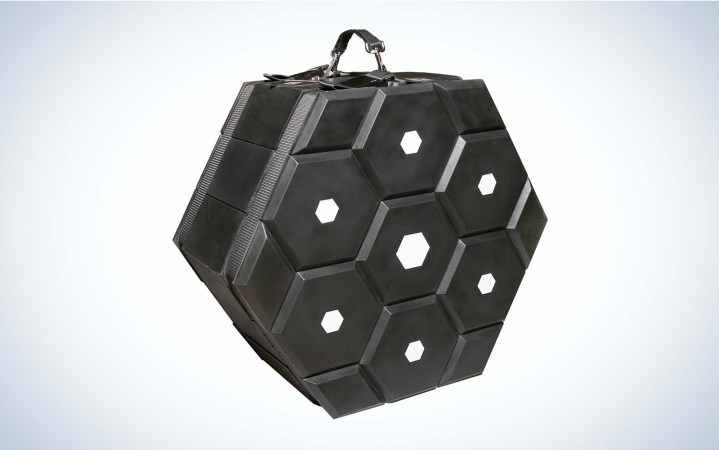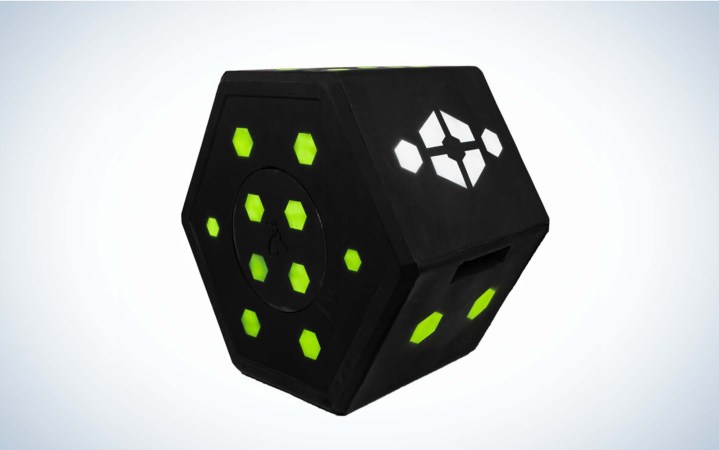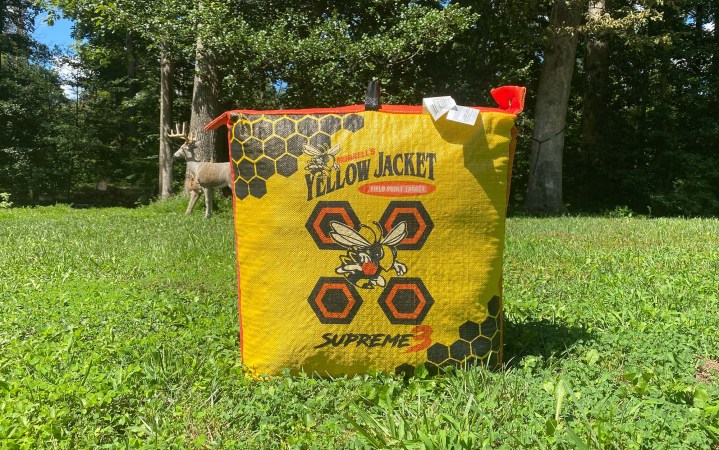We may earn revenue from the products available on this page and participate in affiliate programs. Learn More ›
Archery has been my life for 20 years, and I’ve shot hundreds of thousands of arrows into various archery targets. Some were OK, and others were great. I remember the original BLOCK target, and how it was a revolutionary design for the time. It was the first portable foam target that stopped arrows, and it was fairly easy to remove them. The next leap in innovation was the SpyderWeb targets which solved many of the issues with the burlap target design.
Targets have continued to improve since then, and now we have targets made from high-tech foam and affordable, realistic 3D targets. To help you choose the right target for you, I’ve been shooting 100 arrows a day into 11 of the best archery targets. Here’s what I think.
- Best Backyard 3D Target: Rinehart Jimmy BigTine
- Best for Broadheads: Rinehart Rhino Block
- Most Versatile: Morrell Transformer Buck
- Best Portable: Morrell High Roller
- Best Crossbow Target: BigShot Extreme 500
- Best Large Target: Matrix Target System M1
- Best for the Money: Delta McKenzie Big 8
- Best Budget: Morrell Yellow Jacket Supreme III
- Buy Used
The Best Archery Targets: Reviews & Recommendations
Best Backyard 3D Target: Rinehart Jimmy BigTine
Key Features
- Height: 48 inches
- Length: 40 inches
- Simulates a 100 pound deer
Pros
- Easy arrow removal
- Long life
- Replaceable insert
Cons
- Arrows that don’t hit the insert are difficult to remove
Walking out my back door and shooting 3D targets is how I unwind after work and get ready for deer season. When I set out to buy new 3D targets I chose the Rinehart Jimmy BigTine because of their affordable price. But, when my two targets survived the first year, I was impressed. Then the years passed, and the targets continued to hold up to daily practice as well as sun, rain, and snow.
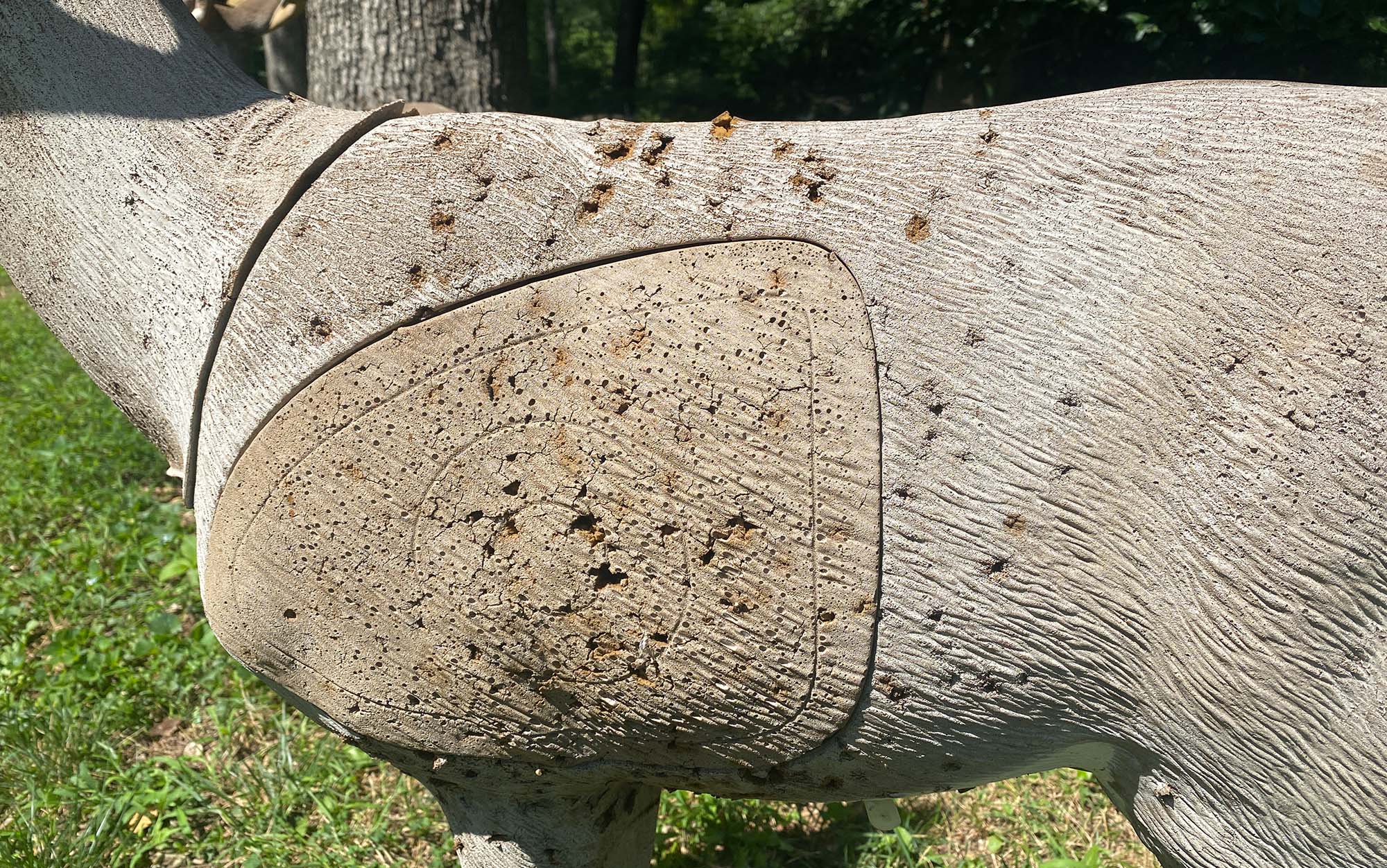
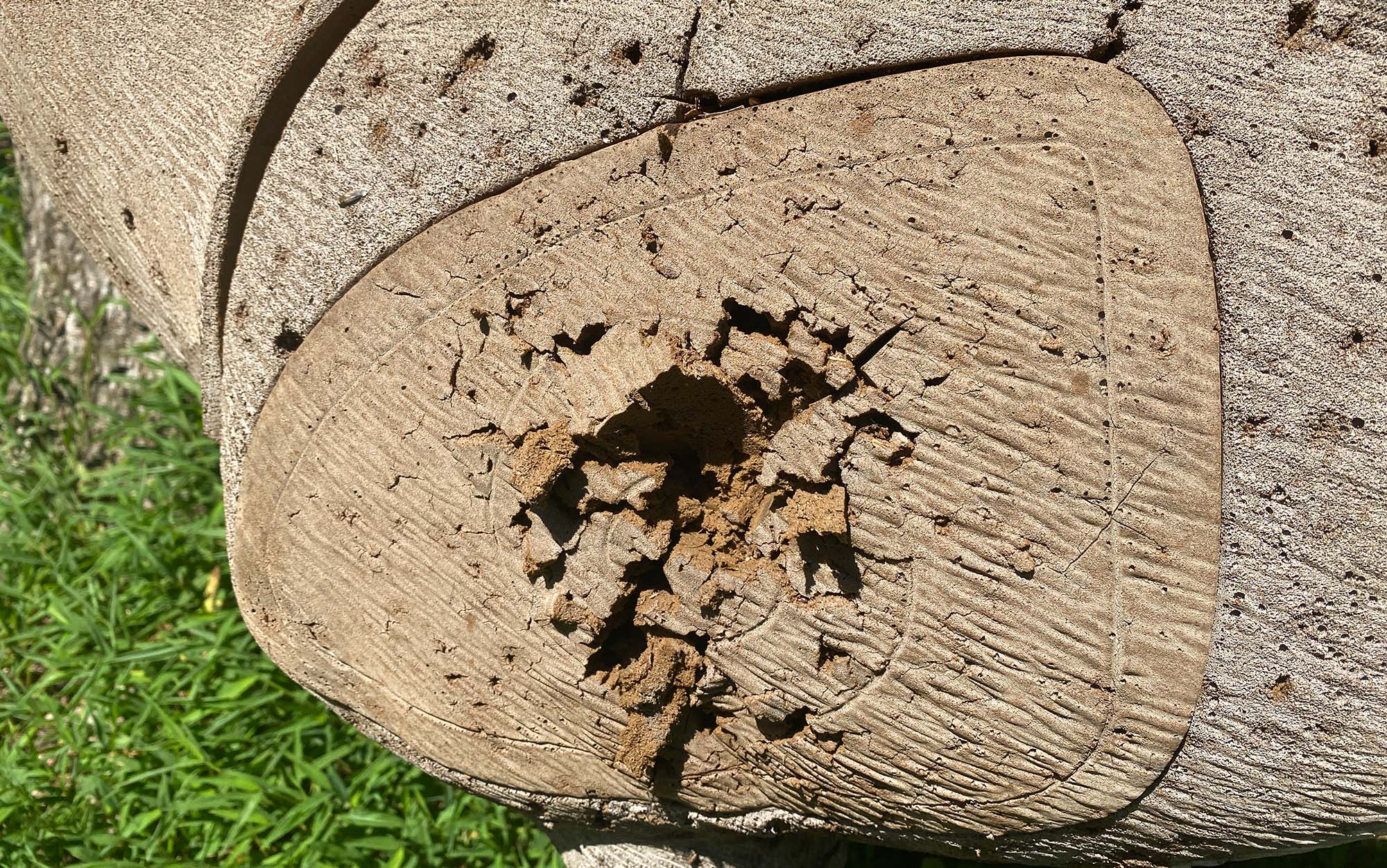
The caveat to their long life is that you have to shoot these targets in the insert. If you shoot them in the area outside the insert, which isn’t made of self-healing foam, your target won’t last you very long. For compound archers that shoot a lot of arrows, expect to replace your insert once a year. For trad archers, you can probably shoot the insert for two years before you have a pass-through.
The Jimmy BigTine does all the arrow stopping and removing things well, but one positive attribute that’s easily overlooked is its size. It is a great size for realistic practice in shooting and judging distance. Most of the deer I see in the woods are around 100 pounds—I live in the South. So, a giant whitetail target can make me overconfident in my abilities to hit the killzone. But, Jimmy BigTines’ smaller frame helps me be precise and pushes me to be better.
All the Woodland series targets are great, and if the BigTine isn’t your flavor, the Mini Elk, Big Jim, and Mini Caribou are all great alternatives.
Best for Broadheads: Rinehart Rhino Block
Key Features
- Dimensions: 16 x 16 x 13 inches
- Killzone and dot targets
- Rated for broadheads
Pros
- Long life
- Stops the fastest bows
Cons
- Not the easiest arrow removal
I’ve shot broadheads from the fastest crossbows—500 fps—into the RhinoBlock and it stopped them with ease. Granted, they were mechanical broadheads with their blades locked. But, it was still an impressive feat for any target.
I don’t regularly use my RhinoBlock to stop crossbow bolts; it’s usually being shot with a variety of broadheads from the compound and recurve bows leading up to and during hunting season. It’s also the target I throw into the bed of my truck anytime I’m traveling. I’ve had my RhinoBlock for three years. It’s traveled with me to archery tournaments and deer camps throughout the country, and it’s been a valuable tool on those trips.
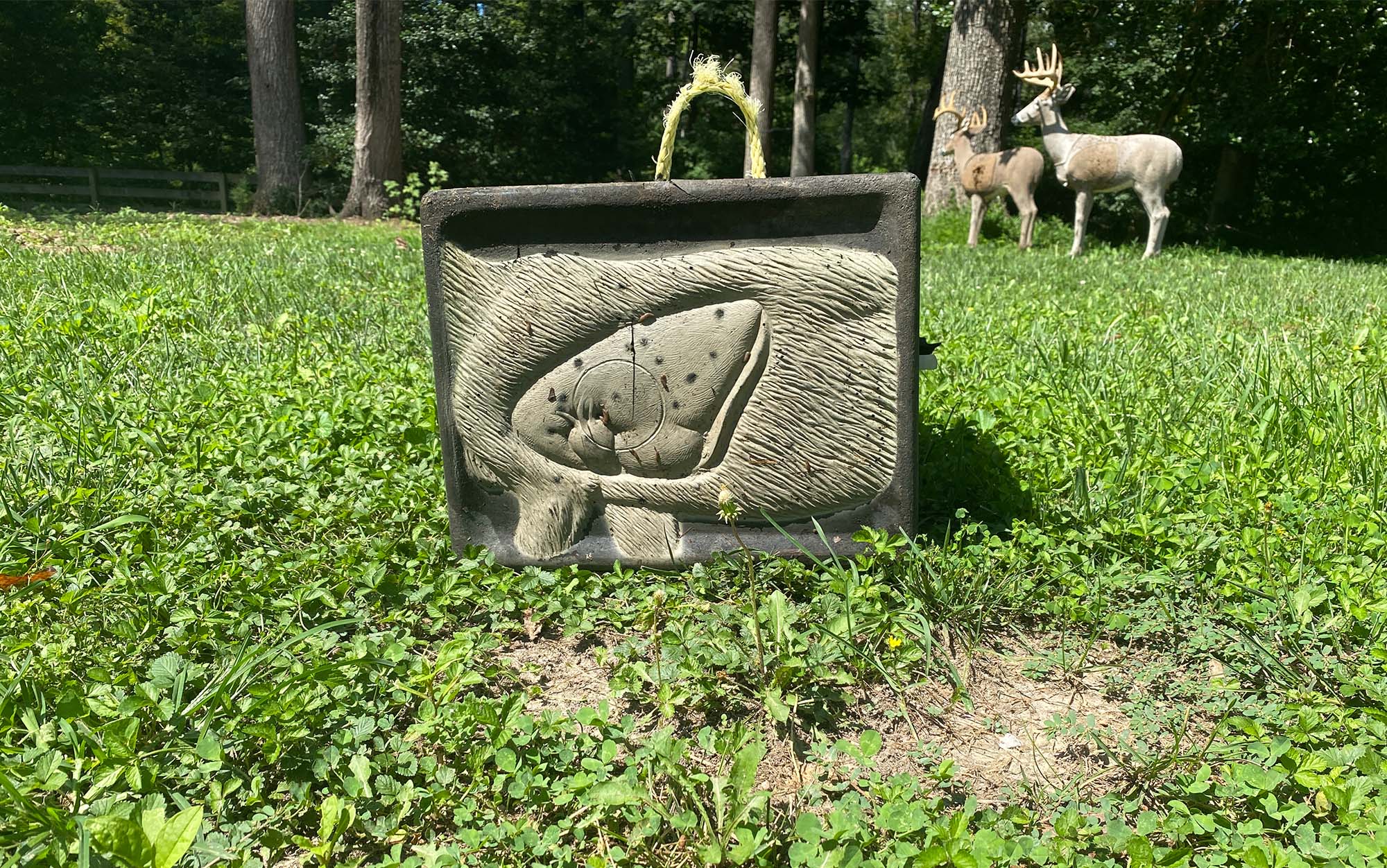
I like that Rinehart didn’t just put a bunch of dots on the RhinoBlock because, let’s be honest, most people will just shoot at the center dot. They instead gave you options. You can shoot at a kill zone, a large center dot with a surrounding ring, or smaller aiming spots on the corners. It’s also nice to have a small foam target that’s easy to remove arrows from. Everyone hates getting more tired from pulling arrows than shooting them.
If you shoot broadhead a lot, there is no target that will stand up to that beating. Broadheads are designed to cut and cause damage. They’re great at it, and that’s why they’re hell on targets. But if you’re like most hunters who throws down a few hundred shots with broadheads a year, then the RhinoBlock will last you a few years. Especially if you rotate your aiming spot. Of all the broadhead targets I’ve tested, this one self heals the best and has lasted the longest.
Most Versatile: Morrell Transformer Buck
Key Features
- Rated for broadheads
- Transforms from portable target to 3D deer
- Weight: 30 pounds
Pros
- Two targets in one
- Easy arrow removal
Cons
- Anatomical proportions slightly off
- Fragile antlers
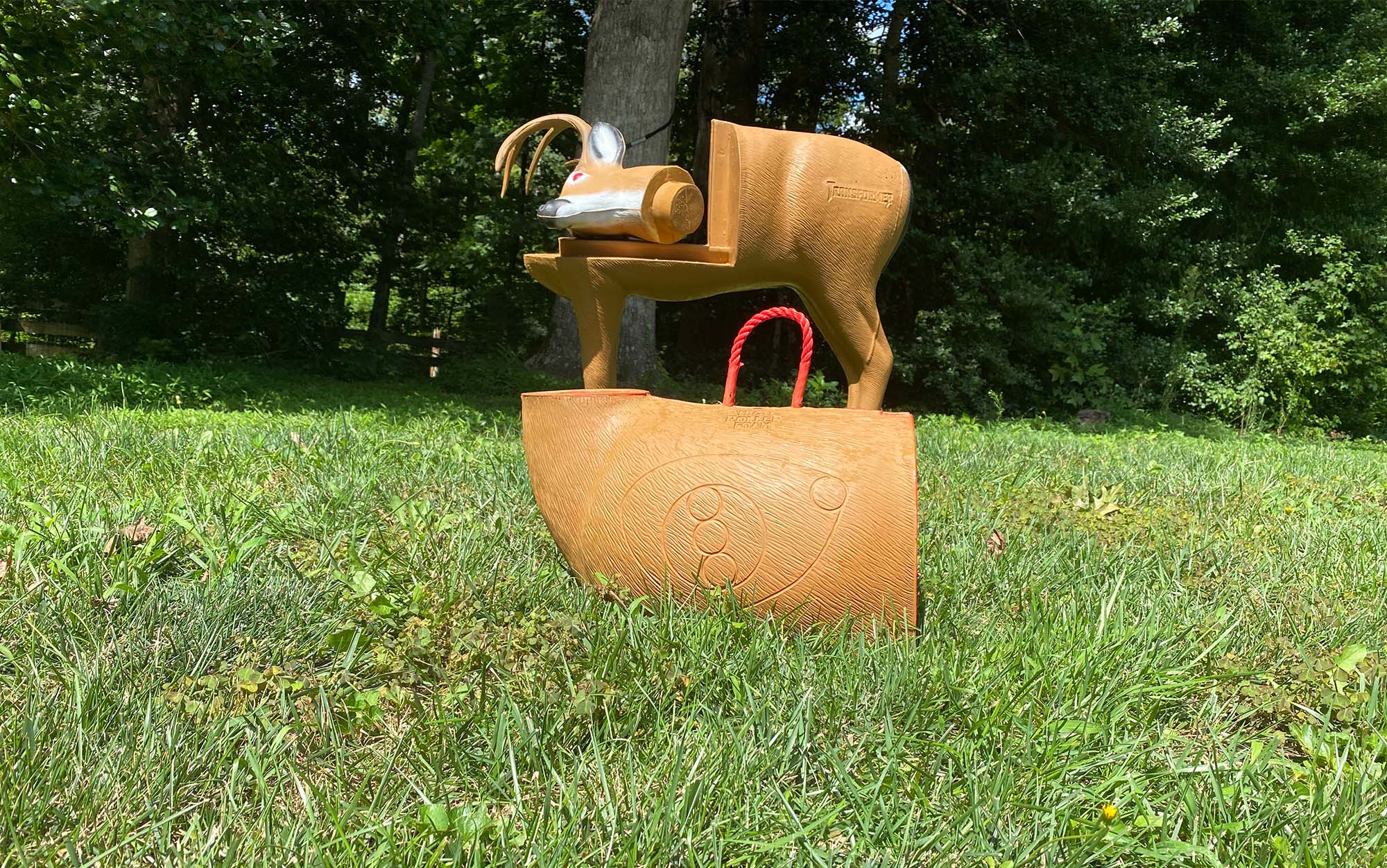
I only just recently received the Morrell Transformer Buck, but I was immediately impressed by the idea of having a portable target that transformed into a 3D target. Morrell’s foam is soft, and the arrows are easy to remove. You can also shoot broadheads into the core, which adds to the versatility of this target. I also appreciate that the Transformer Buck is a good size—not unrealistically big and not too small that you’re afraid to miss it at long ranges.
Best Portable: Morrell High Roller
Key Features
- Dimensions: 13 x 13 x 13 inches
- Stops arrows up to 450 fps
- Weight: 10 pounds
- Broadhead and crossbow rated
Pros
- Easiest arrow removal of the foam targets
- Multiple dot arrangements
Cons
- Not the most durable for broadheads
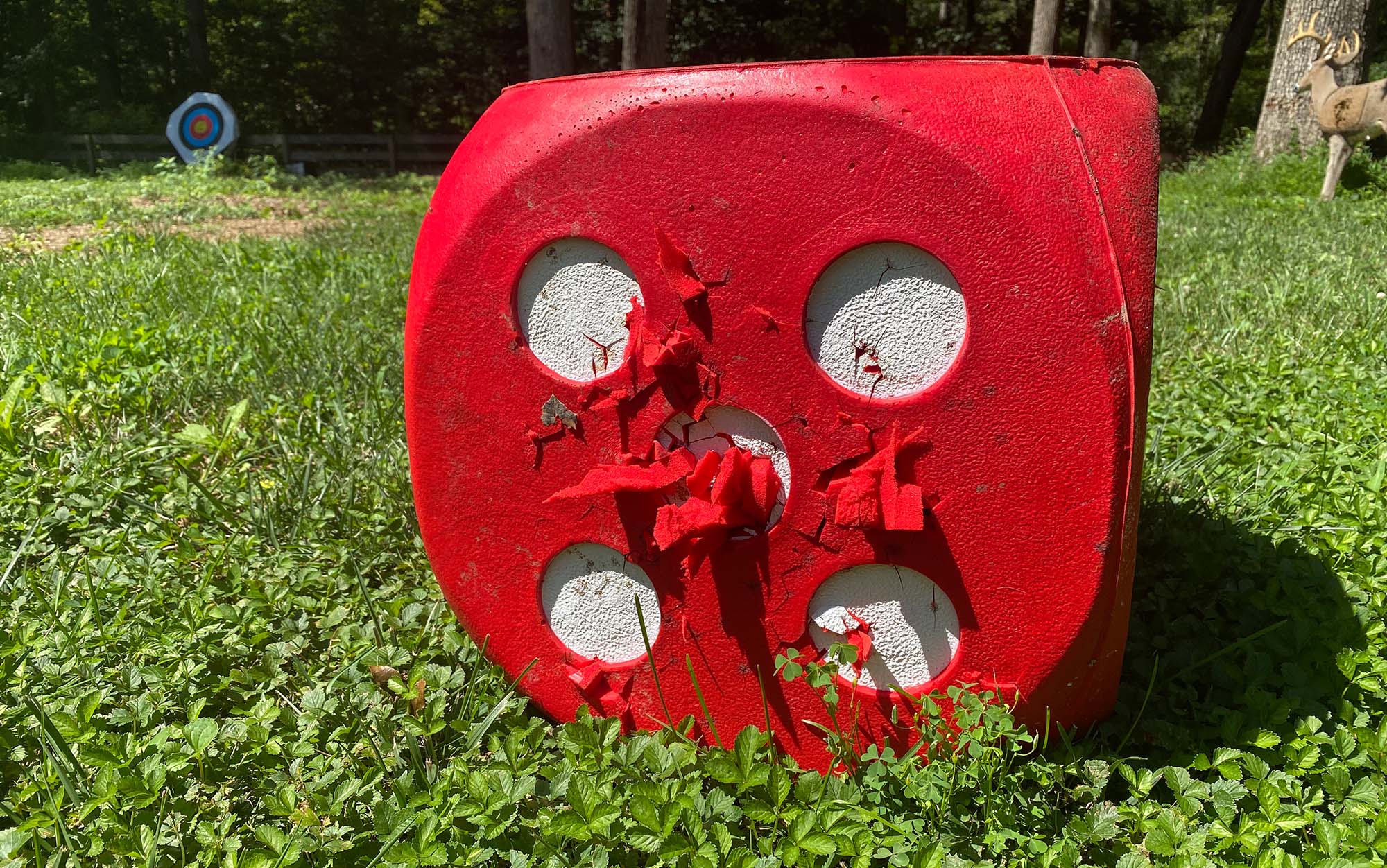
The High Roller foam is much softer than any target that I’ve owned, which contributes to the ease of arrow removal. Arrow removal is even easier than the Rinehart RhinoBlock. But, the High Roller doesn’t heal well after being shot with broadheads. I used this target while testing the best broadheads, and just a few shots in the same spot resulted in red slivers coming out with the arrow. To the High Roller’s credit, it took a few hundred shots from fixed and mechanical broadheads without a single arrow coming close to passing through. I think the dice pattern aiming dots are a genius idea. You can rotate the target to shoot five to one aiming spots that are about 3-inches in diameter.
Best Crossbow Target: BigShot Extreme 500
Key Features
- Dimensions: 24 x 25 inches
- Shoot two sides
Pros
- Stops bolts from the fastest crossbows
- Very easy arrow removal
Cons
- No broadheads
While testing this year’s best crossbows, I used the BigShot Extreme 500 to stop hundreds of arrows, including the two fastest crossbows in the world. Every shot was easy to remove and there was no damage to any of the bolts from the 500 fps crossbows—a real concern with some targets.
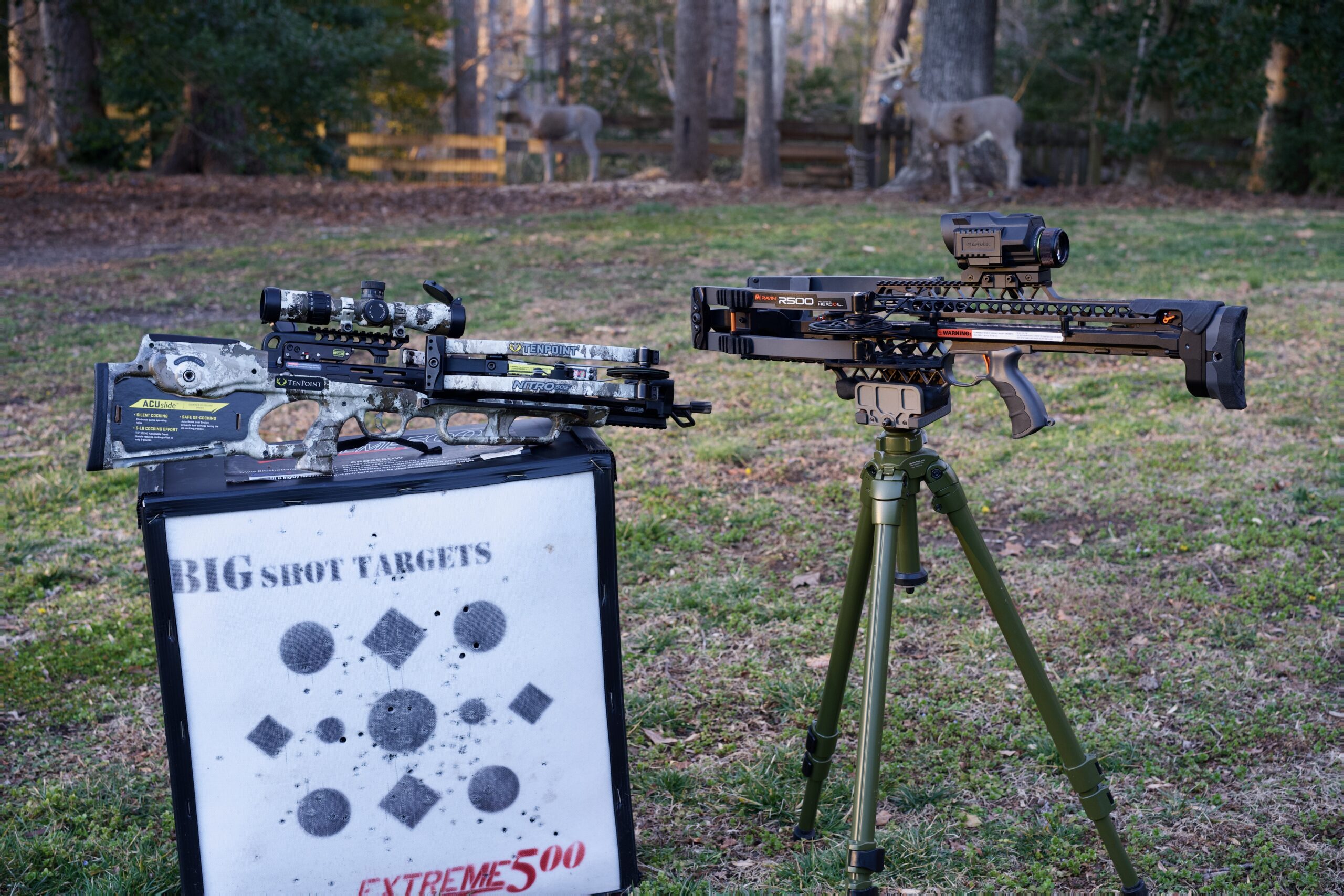
The downside to this target is that it’s pretty heavy. I wouldn’t recommend it for anyone who needs to move their target often. Also, you cannot shoot broadheads into the target. It is a great option for crossbow shooters that want a large target with easy arrow removal.
Best Large Target: Matrix Target System M1
Key Features
- Weight: 45 pounds
- 24 inches tall and 24 inches wide
- Broadhead rated
Pros
- Good size for long-distance shooting
- Not too heavy to carry
- Long target life
Cons
- Pricey
The Matrix target is made up of seven hexagons and six diamond foam pieces that are held together by a large ratchet strap. The concept is that once the center of the target gets worn out, you can swap it with one of the outer hexagons. You could also shift the hexagons on a regular schedule, so they all wear the same. The 2-foot target is a great size for shooting close and extended ranges, making this a great choice for someone looking to buy one target for their home range. At around $460, this target isn’t cheap, but it is a good value when you consider the price includes shipping and the large number of arrows it will stop in its life.
Best for the Money: Delta McKenzie Big 8
Key Features
- Dimensions: 16 x 15 x 13 inches or 20 x 18 x 13 inches
- Made in U.S.
- Self-healing foam
Pros
- 8-sided shooting
- Long target life
Cons
- Not ideal for using with paper target faces
If you’re looking for one target for backyard range with a budget under $200, then the Delta McKenzie Big 8 is a great one to consider. It uses Delta McKenzie’s pro-grade foam that’s molded into a target with eight shooting faces. The shooting faces on the Big 8 feature green or white dots, a sight-in grid, and large white hexagons for distance shooting. Targets don’t last long when you shoot the same two-inch spot day in and day out. The Big 8 will have a long life because it’s easy to change up the spot you’re shooting and spread out the wear.
Best Budget: Morrell Yellow Jacket
Key Features
- Stops arrows up to 365 fps
- Dimensions: 23 x 12 x 23 inches
- Weight: 27 pounds
Pros
- Easier arrow removal than foam targets
- High-value for the money
Cons
- No broadheads
- Archers with low draw weights might have bounce outs
Most practice happens with field points, and for field point practice, nothing beats the value you get from bag targets. One of the best bag targets is the Morrell Yellow Jacket because, for under $50, you get a target that will stop any arrow from a compound bow and offers extremely easy arrow removal. That easy arrow removal comes with an asterisk though. Your field points must be the same size as your arrow shaft because if they have a lip, they’ll catch on the woven outer layer. The main drawback of the Yellow Jacket is that archers with low draw weights—especially youth archers—can have bounce outs with a bag target.
Buy Used
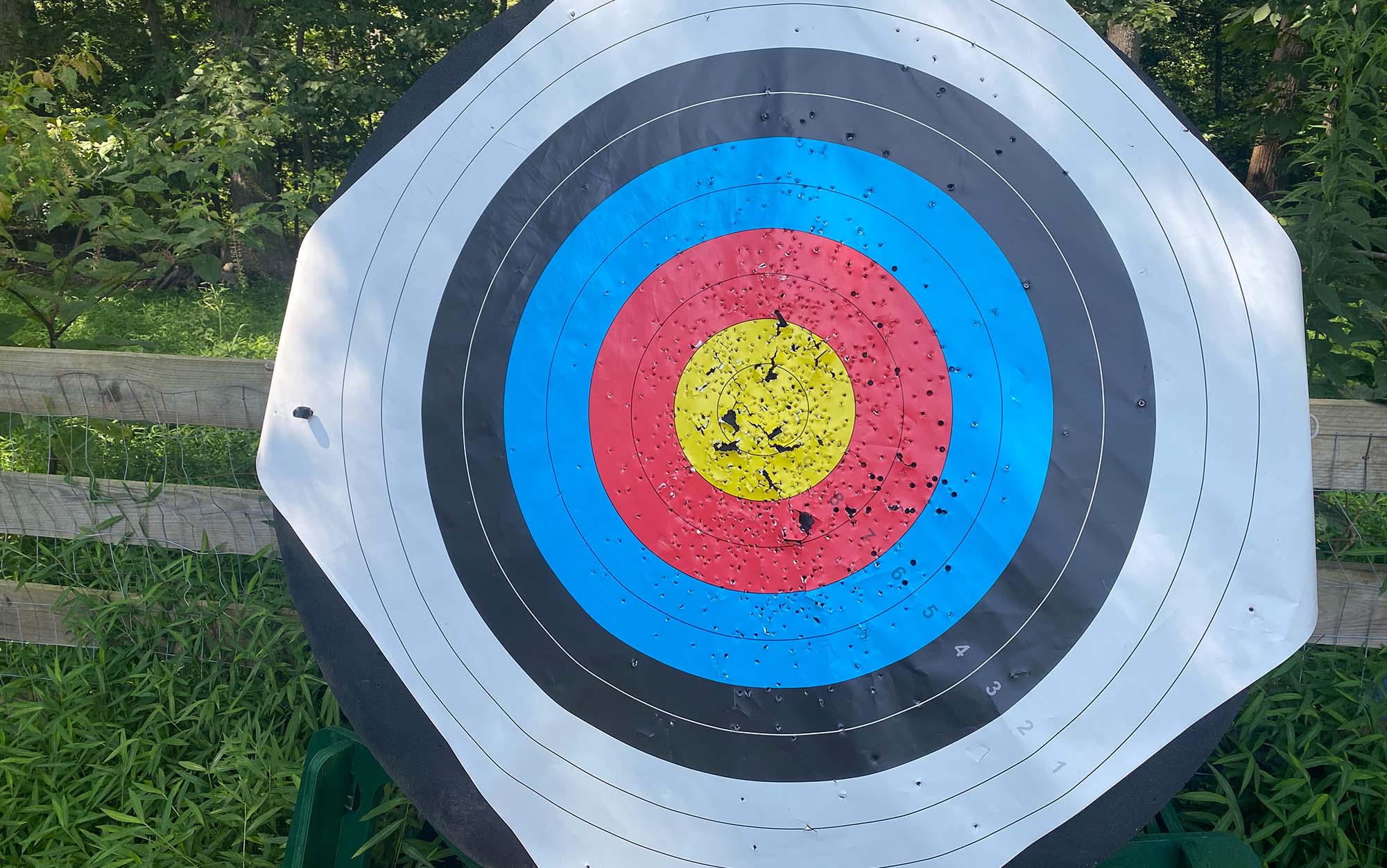
One of the best investments I’ve made in archery is when I bought a used American Whitetail Competition Mat from the James Madison University archery club. The club hosts the USA Archery Indoor Nationals each year and they use the mats for the event. I saved money on the target, but more importantly, I saved on shipping the target. You can get similar deals after a big 3D shoot or tournament. Another way to save on shipping big targets is to buy one at the same time as a local club or shop.
How to Choose the Best Archery Targets
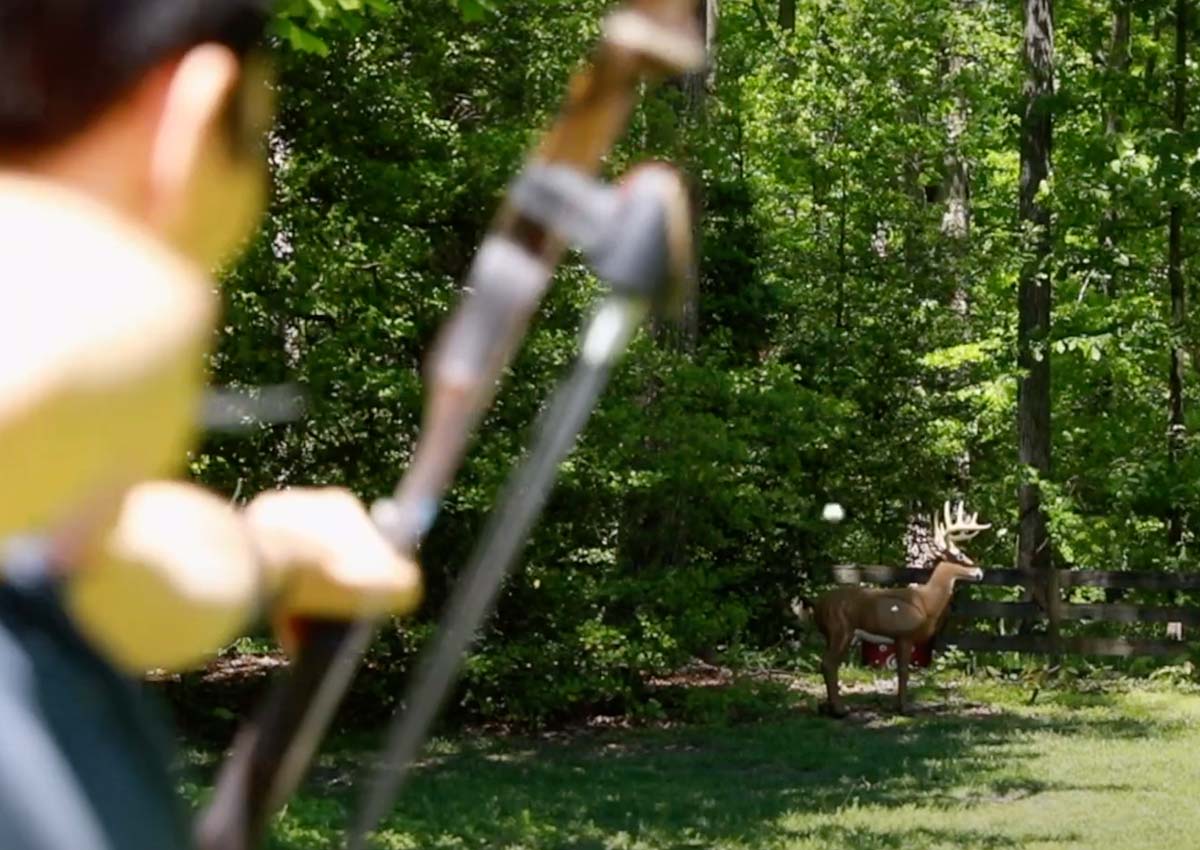
The target you choose will depend on your archery discipline. You’ll want a large bail for shooting outdoor distances if you’re a target archer. If you’re a hunter you need a target that can handle both broadheads and field points—you might also want a 3D target in addition to a broadhead target.
Once you have a clear idea of the type of target you want you can start to narrow down your choices by the target’s constructions. Here are some of the most common you’ll see:
Foam
In my best archery target picks, there are a lot of foam targets because foam has come a long way, and it now leads as the best overall choice. Good foam targets stop field points and broadheads, are easy to pull from, and don’t leave residue melted on your arrow shaft. The main downside of a foam target is they are heavy, and If you’re going to have just one target and you’re not on a tight budget, a foam target is a great choice.
Layered Foam
Layered foam targets are made from thin sheets of foam stacked on top of each other and then tightened down. These targets stop arrows and are fairly easy to remove arrows from, but they don’t last long once you start shooting broadheads. Once the broadhead slices the layers they fall out of the target and create a soft spot.
Bag Targets
A bag target has a woven outer shell with a fill material on the inside. You can make a basic DIY version with a burlap sack filled with old clothes or plastic grocery bags. Some manufacturers sell just the shell you can stuff yourself, which is a cost-effective target. Even the manufactured bag targets are inexpensive and work well for stopping arrows.
3D Target
If you’re a hunter or 3D archer, a 3D target is the best way to practice. Not only do you get a realistic target, but you can also use the target to practice judging distance. The main downside to 3D targets is that the good ones are expensive. But, if you care for them by keeping them out of the sun and don’t shoot them with broadheads, a quality 3D target will last for years. All the top 3D targets have replaceable inserts, extending their lifespan further.
FAQs
Most archery targets range from 1 to 5 feet in diameter, and the size of the target you choose will depend on the distance you are shooting and if you want the target to be portable. Most commonly, targets are 14 to 24 inches in a cube, hexagon, or octagon shape. Targets in that size range are great for general use and are easily moved. Larger targets in the 3 to 5-foot range, excel at high volume shooting and distance shooting.
A good archery target should effectively stop your arrows and allow you to easily remove them. The best archery targets also self-heal, which extends their life.
The best type of target for deer hunting practice is a 3D deer target like the Rinehart Jimmy BigTine.
Why Trust Outdoor Life?
Since 1898, OL has been a leading authority in testing and reviewing hunting gear, fishing tackle, guns and shooting equipment, and much more. We have more than a century-long history of evaluating products, and we’re now bringing that expertise to online reviews. Our editors are experienced outdoorsmen and women, and most importantly, we’re trained journalists. We prioritize field testing and objective data when reviewing products. We conduct interviews with gear manufacturers and engineers as well as outdoor experts so that our readers have an understanding of how and why a product works—or doesn’t.
Advertising does not influence our gear reviews and it never will. While we always focus our coverage on standout products—because we want our readers to be aware of the latest and greatest gear—we also cover the flaws and quirks of any given product.
Final Thoughts on the Best Archery Targets
All archers need bows, arrows, and targets. Just like there are different styles of bows and arrows, there are different types of targets to match them. Once you’ve found the best archery target for you, use it often and care for it.
- Best Backyard 3D Target: Rinehart Jimmy BigTine
- Best for Broadheads: Rinehart Rhino Block
- Most Versatile: Morrell Transformer Buck
- Best Portable: Morrell High Roller
- Best Crossbow Target: BigShot Extreme 500
- Best Large Target: Matrix Target System M1
- Best for the Money: Delta McKenzie Big 8
- Best Budget: Morrell Yellow Jacket Supreme III
- Buy Used
